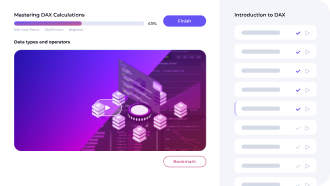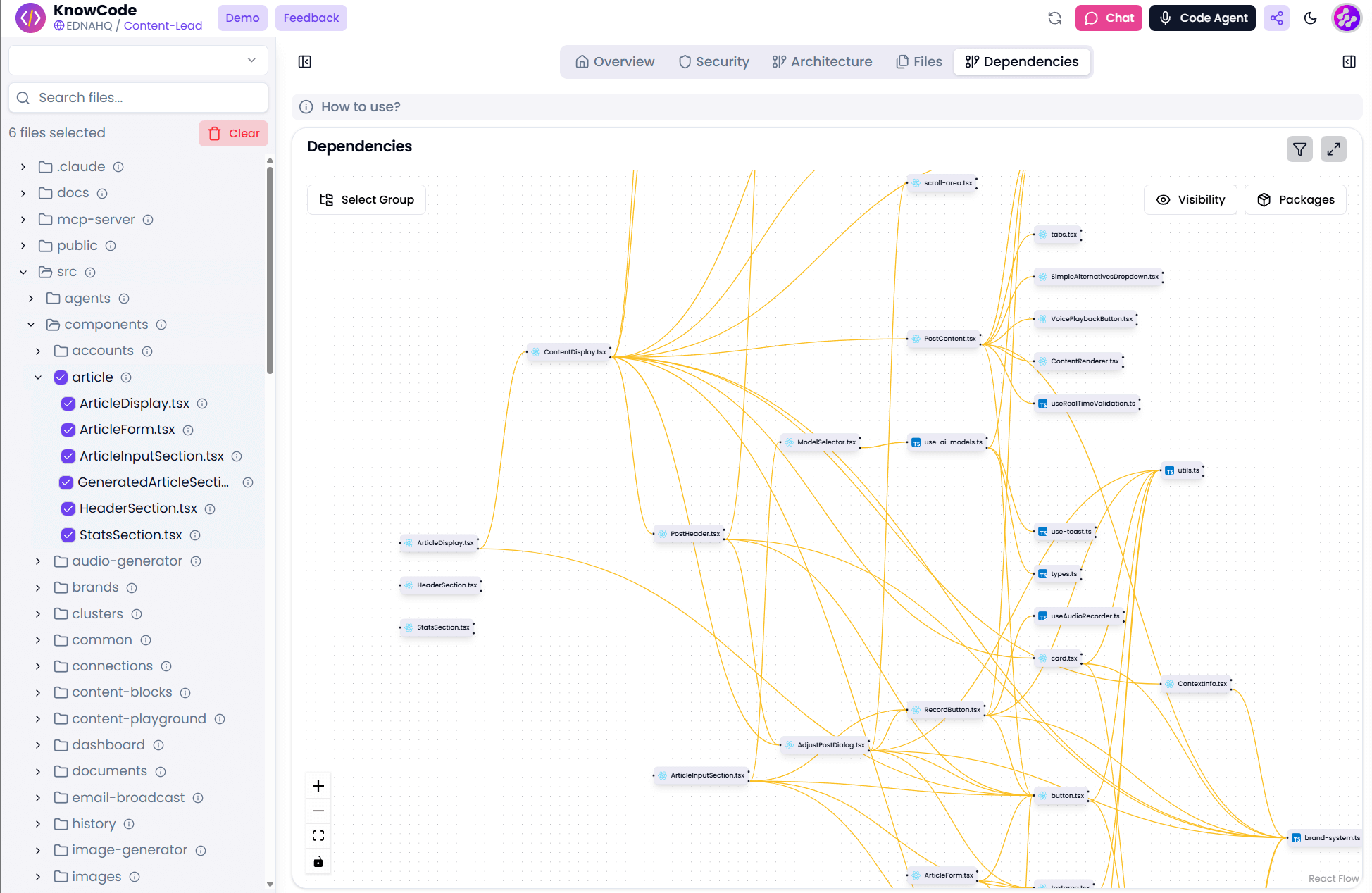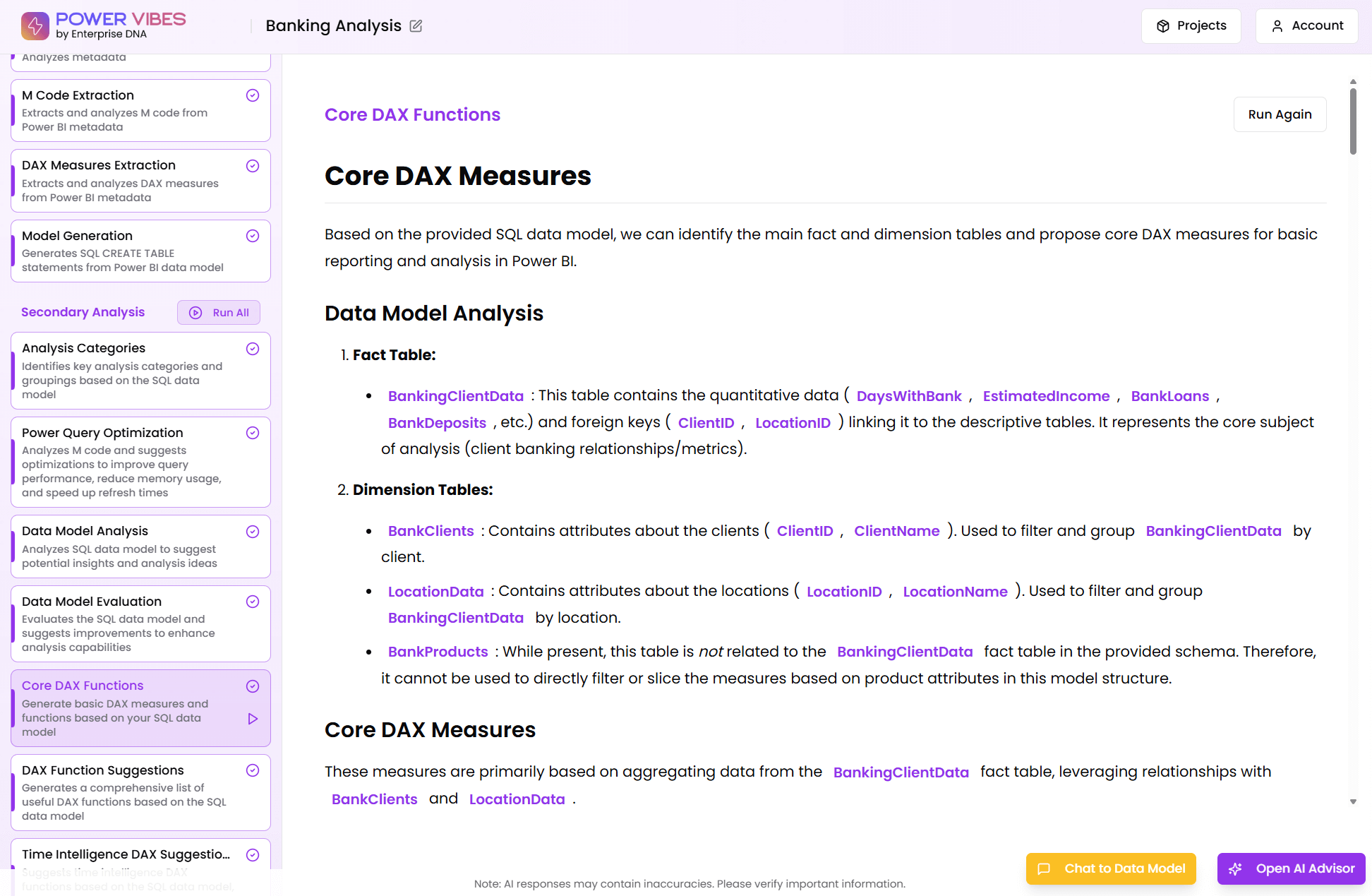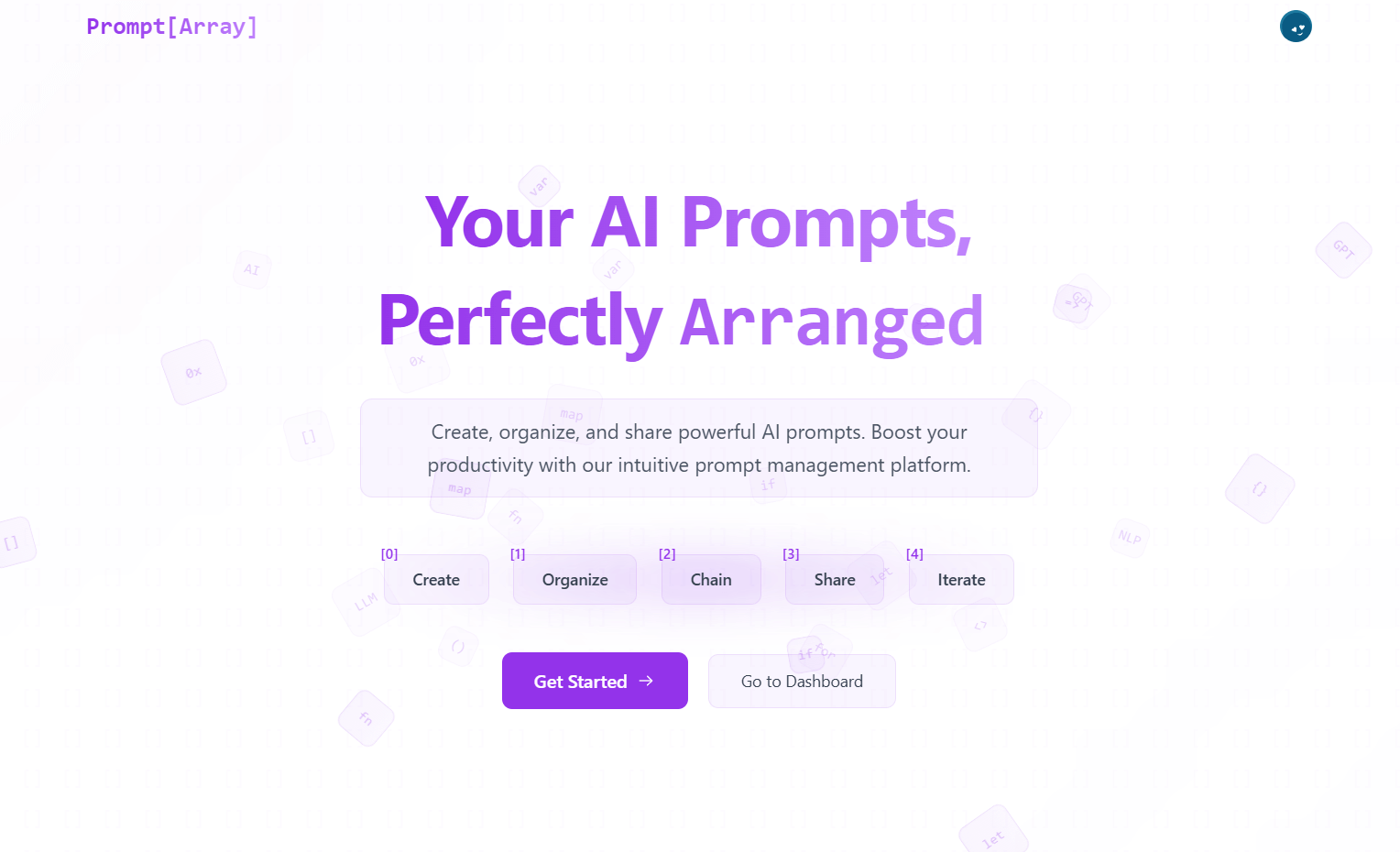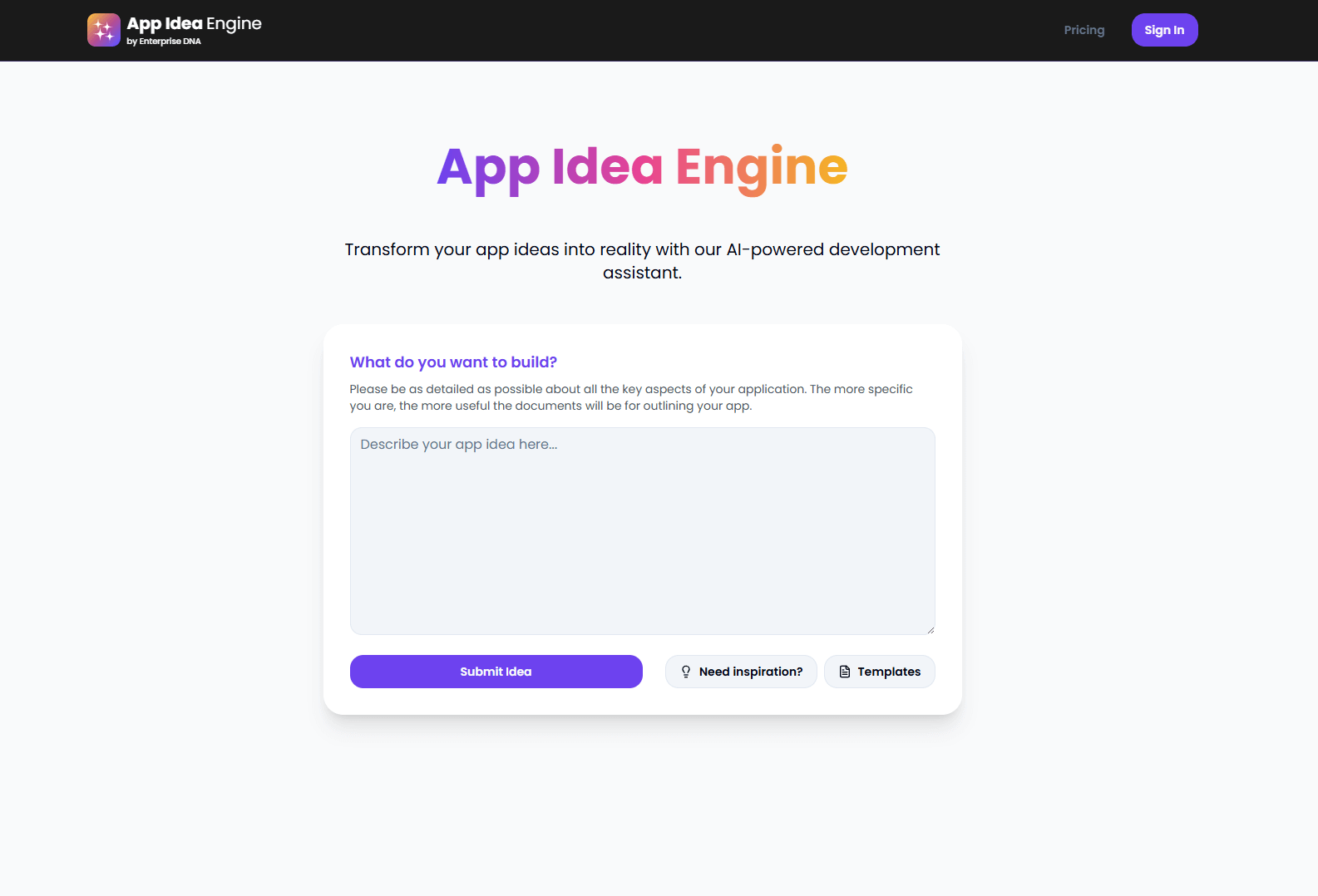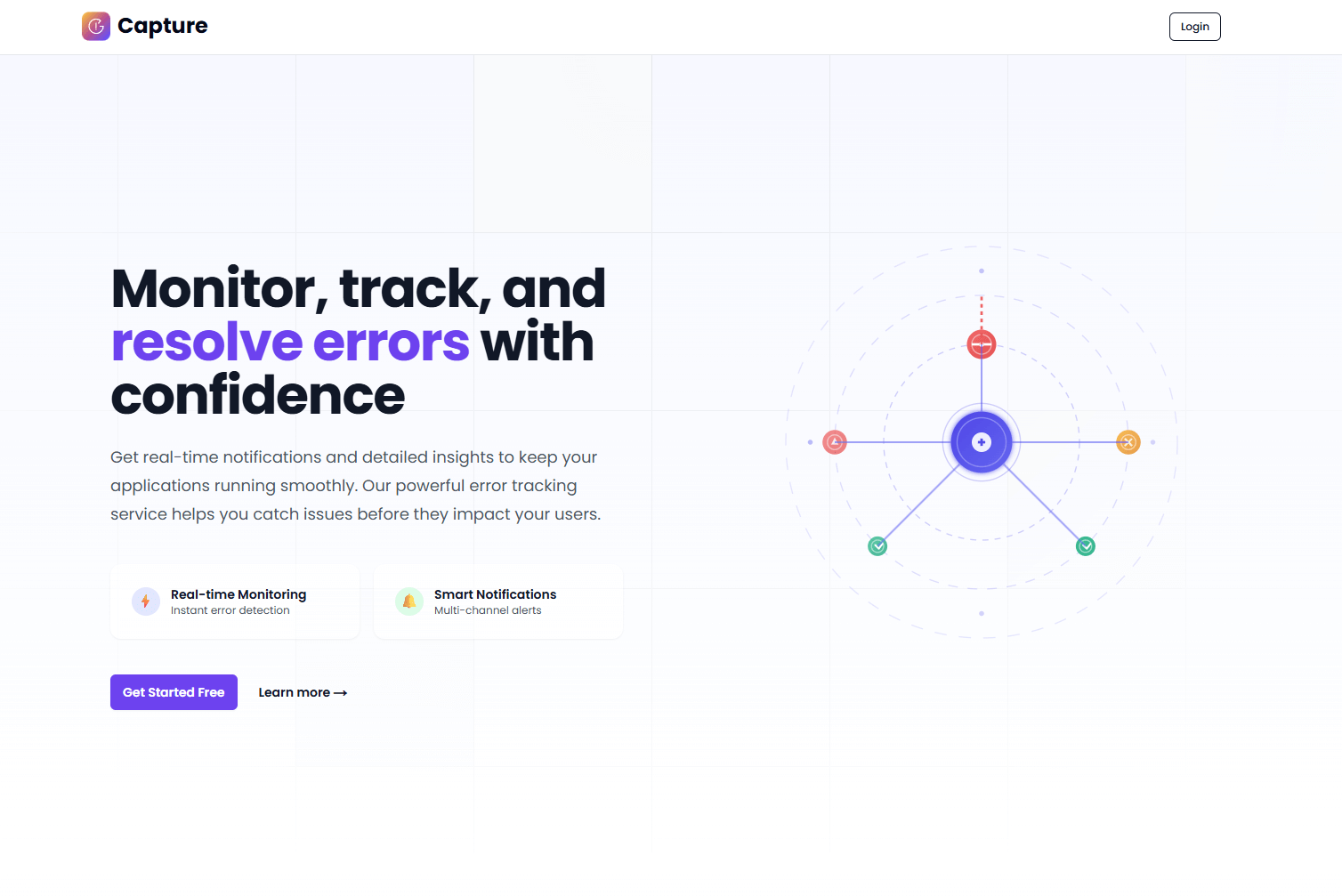Imagine The Possibilities Of Data Products With Power BI

What You’ll Learn From This Episode
- Jarrett Moore’s background in Power BI
- Data culture initiatives within the restoration industry
- How Power BI made tasks easier
- Creating partnerships to increase distribution
- Building a data product with Power BI
- Securing & managing multiple systems in a scalable way "You need to figure out how analytics can help you run your business better.”
- Using Power BI for consumer reporting
- Teamwork makes the dream work
- How Enterprise DNA’s Power BI Challenges helped Jarrett
Key Takeaways
On Building Data Products with Power BI
Sam McKay: Jarrett, tell us about yourself. What are your experiences on Power BI and data related work?
Jarrett Moore: I was a member of a Power BI users’ group for the software that we use for the restoration company that I worked for. We helped give feedback to the software company to help improve it. In January of 2017, one of the gentlemen on a call introduced us to this product called Power BI. I was on the call with my IT manager, and we looked at each other in the eye and he's like, "We’ve got to do this." So that's how my journey started.When I first started, my boss kept me in my current role with the company and did anything finance related. But he also gave me two hours a day to help create some of these reports for Power BI with his content. It was probably no later than a month when he said, "You're doing this full time." So I started off by building reports for my organization. It was 2-3 months in when my boss had other software users come in his office for a meeting, and he pulled up some of the reports that I had built. One of the gentlemen in the room took out his checkbook and said, "How much do I need to pay to have this?" My boss said, "Well, currently we're only doing it in-house, we're not building it for others right now." But that led him to the idea that maybe we can build this for others as well. So from that point on, we created a sister company to build Power BI reports.
Sam McKay: Wow. So you guys actually created a new business unit around Power BI development for your organization's partners? Your business has created a new business line around data analytics. That is actually quite unique and amazing. There are probably a number of other businesses and other industries that could actually do something similar.
Jarrett Moore: Yes, of course. It's been a fun ride these 3 or 4 years. We've developed a pretty good business model, and our clients love what we do. Some of the information that I provide are something they already have access to before. It's not earth-shattering analytics. They've always had access to this type of data, but now they get it much faster. They no longer have to run these reports, and they have more time to focus in on what really matters: bringing money into the organization.
How Power BI Can Help Your Clients
Sam McKay: Obviously, you've done something very unique in creating a whole new business line. What are some unique things you've done on the development side to be successful with your external partners? Maybe just go a bit deeper into that.Jarrett Moore: I think some of it has to do with the time saving. These people didn’t have quick access to data within the organization. A majority of them think of how can they improve the job time from start to finish. Not only from a company perspective, but also on the customer end as well. They ask questions like, "Why is it taking us this long to complete this task?". I've definitely built some interesting models for these companies. It's a little bit of an information overload for some of these folks at first. But now they can see this information and visualize it a lot faster. They can also see which team members are performing at a great level and who needs improvement. There is accountability for employees because the information is right there and the numbers don't lie.
Sam McKay: So a lot of it has to do with additional data discovery that is made possible with the visualizations and reports that you've been able to build and scale across many different other similar organizations. What models have you developed with this new business line that you've created? Is it an annuity business or a consulting development type? How did you structure things?
Jarrett Moore: We actually have a consultant we work with in the industry that has over 40 years’ experience in the restoration industry. We've taken his behavior model and report model and transformed that to Power BI and data analytics. He's been one of my mentors in the restoration industry, and he's also the one that I get a lot of content ideas for. He has his own business where he has numerous clients. Our business model has definitely helped him provide better solutions to his clients.
Sam McKay: That's also unique as well. So you've partnered with a subject matter expert and offered your solution in combination with what they are already doing. You can replicate something like this across any number of opportunities out there in any market. I think this is a totally viable model in many different ways. There are a lot of consultants out there that maybe aren't as technically savvy as those who are more aware of what the possibilities are with Power BI. I think that creating those partnerships to increase your distribution a lot quicker is a really smart idea. It's a real win-win for both sides.
Implementing a Power BI Service with a Client
Sam McKay: How are you implementing your service with a client? Do you hand over the model that you develop and they use it within their online service, or are you doing a Power BI embedded type, where you've built an embedded solution?Jarrett Moore: Typically, a majority of the clients that we get in the industry don't even have IT on site. A lot of them subcontract their IT. So we contact their IT department, which will build us a virtual server that gives access to their data. I create the reports there, and share them within the organization. But they do not have access to the data models that I have built since these are proprietary to us. And to expand on that, we have a programmer that built us a website. Within that website, for every new client that we get, they have access to that website. When they click on a certain report, it pops up as a new web browser, but they do not see the embedded web link in there. If somebody leaves the company for whatever reason, all we have to do is just deactivate them as a user. I don't have to go in there and recreate these links. That's how we've been successful in getting our clients access to these reports.
Sam McKay: Wow. That is really cool. I'd love to just dive into that as well. So you've built a data product and a web application. Then you're just embedding the Power BI reports into your application. You're totally bypassing this Power BI embedded product that Microsoft keep marketing and have built a workaround to that by just using the publish to web functionality.
Jarrett Moore: Yes. That's what we've done, and it's a lot easier for them to get access. The data is sensitive and you don't want to have folks access to that once they've left the organization. This is a secure site that we've built where they have access to the reporting and it works pretty well.
Sam McKay: If you're connecting to all of these different data sources, how are you managing that in a scalable way? How do you bring that all together?
Jarrett Moore: We either have a physical machine on site or a virtual server that we connect to. I connect through the Power BI gateway. That's how I set up the schedule of refreshes. I put these companies and the reports on a two-hour time clock throughout the day. Majority of these clients have their data refreshed up to eight times a day.
Sam McKay: Wow, that is amazing. You've recognized Power BI as an opportunity, and then you've basically created this brand new data product within your existing business, that you've been able to replicate and scale. Using Power BI as the core reporting tool is quite phenomenal and opens up a world of opportunity.
Jarrett Moore: That's the great thing about Power BI. We're only touching the surface of the industry that we know. There are endless opportunities out there. We could do this for doctors, for lawyers, for real estate agents. It doesn't matter what industry you're in, it's all about figuring out how analytics can help you run your business better.
How the Power BI Challenges Helped Jarrett
Sam McKay: Are there any other insights that you've gathered around Power BI? What's been successful for you in getting the most out of your efforts around your implementation?Jarrett Moore: Well, I learned a lot from the Power BI challenges right now within Enterprise DNA. I learned so much from everybody else's model. I wait for all the files to be uploaded to the site, then I dissect two or three of those. That's where I pick up on little techniques based on what others are doing.That's what's helped me. Within my organization, I'm the only one who builds Power BI. So there's nobody that I can talk to run things by. But now I have this group of not only Enterprise DNA experts, but I also have the Enterprise DNA community that is providing all these great solutions during the challenges. That's definitely opened my eyes to what I have right now, and maybe taking what I have right now and expanding that to the next level.
About The Show
The Analytic Mind is your guide to navigating the evolving frontier of data, AI, & intelligent business.
Hosted by Sam McKay, CEO of EnterpriseDNA, this show dives into real-world use cases, technical strategies, and the mental models behind smart decision-making.
Each episode challenges you to move beyond tools to think critically, act strategically, and build with impact.
Whether you're refining your analytics skills or shaping your organization's data vision, this is where insight meets execution.
Stay sharp. Stay ahead. Think like an analytic mind.

